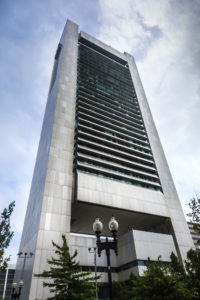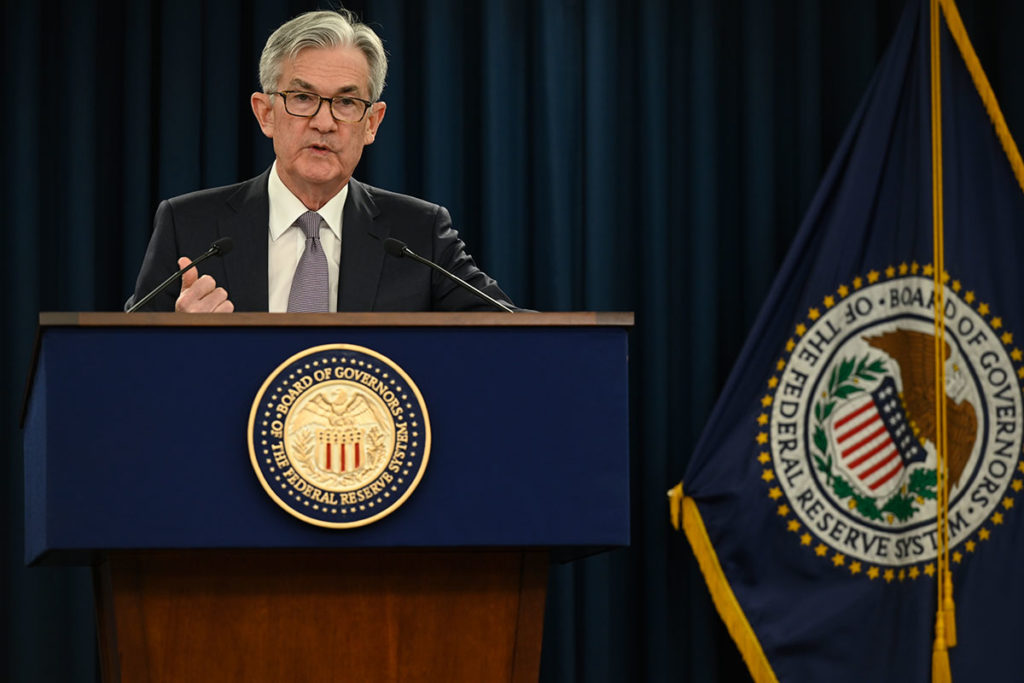
$600B Fed Main Street loan program begins collecting lenders
By onAnnouncements | Business Practices | Repair Operations
The Federal Reserve has announced that lenders can now register to participate in its Main Street Lending Program, and some collision repairers might wish to encourage their banks to join.
The program is much broader and open to larger businesses than the Small Business Administration’s Paycheck Protection Program.
“The Federal Reserve designed Main Street to support small and medium-sized businesses that were unable to access the PPP or that require additional financial support after receiving a PPP loan,” the Boston Fed wrote in a FAQ. “Main Street loans are not forgivable.”
Any business with less than 15,000 employees or doing less than $5 billion in 2019 is eligible, which means even the largest multi-shop operators could potentially participate. The 2018 Caliber-ABRA merger was projected to create a company with around 19,000 employees but only $3.5 billion in revenue, which would make it eligible if revenue didn’t rise above $5 billion in the year since. Boyd Group Services pulled in nearly $2.3 billion last year, with much of that coming from No. 2 Gerber Collision.
“The Main Street Lending Program is designed to support small and medium-sized U.S. businesses and their employees during this period of financial strain by giving these businesses access to additional credit,” the Boston Fed wrote in introducing a webinar for borrowers. “The program is intended to help businesses that were in sound financial condition prior to the onset of the COVID-19 pandemic maintain operations and payroll until conditions normalize. Small and medium-sized businesses are integral to the U.S. economy and create jobs for a large share of the U.S. workforce.”
Auto body shops and other businesses would contact an eligible lender registered with the program, and the lender will make the determination of whether to accommodate the borrower with a loan. Lenders can expand an existing debt or create a new loan.
The minimum Main Street loan is $250,000 ($10 million for “Upsized Tranche” loans), and businesses can take out more than one loan for a maximum total of $35 million-$300 million. The Federal Reserve will buy 95 percent of all loans, and the lender will keep the remaining 5 percent. With the Fed taking on nearly all of the risk, banks might be interested in participating.
The Fed will buy up to $600 billion worth of loan debt and quit such purchases Sept. 30.
Collateral isn’t even necessarily required.
“MSNLF Loans, MSPLF Loans, and MSELF Upsized Tranches may be secured or unsecured,” the Boston Fed wrote in its FAQ.
“An MSELF Upsized Tranche must be secured if the underlying loan is secured. In such case, any collateral securing the underlying loan (at the time of upsizing or on any subsequent date) must secure the MSELF Upsized Tranche on a pari passu basis. Under such an arrangement, if the borrower defaults, the SPV and lender(s) would share equally in any collateral available to support the loan relative to their proportional interests in the loan (including the MSELF Upsized Tranche). Eligible Lenders can require Eligible Borrowers to pledge additional collateral to secure an MSELF Upsized Tranche as a condition of approval.”
Though some restrictions exist, Main Street loan funds seem to offer businesses more flexibility that PPP loans, which could only be spent on certain expenses like payroll, rent and utilities. Main Street loans can’t be used to pay down existing debt (except mandatory principal and interest bills) until the Main Street loan itself is paid off. However, the business can repay a line of credit, refinance debt which would mature in 90 days or less, and take on new debt as long as it isn’t secured by existing assets and wouldn’t take priority over the Main Street loan. The borrower also can’t cancel or reduce any existing credit with the Main Street lender until they’ve paid off the Main Street loan.
Borrowers are also expected to “make commercially reasonable efforts to retain employees during the term of the MSNLF Loan, MSPLF Loan, or MSELF Upsized Tranche,” according to the FAQ for borrowers.
“Specifically, an Eligible Borrower should undertake good-faith efforts to maintain payroll and retain employees, in light of its capacities, the economic environment, its available resources, and the business need for labor,” the Fed continued. “Borrowers that have already laid-off or furloughed workers as a result of the disruptions from COVID-19 are eligible to apply for Main Street loans.”
Borrowers don’t have to pay any principal in Years 1-2 of the five-year loans. They’ll have to come up with 15 percent of the principal at the end of each of the Years 3-4. The remaining 70 percent will be due at the end of Year 5.
“Prepayment of principal is permitted without penalty and will reduce future payments in the manner specified in the underlying loan documents,” the Fed wrote.
Interest must be 300 basis points above either 1-month LIBOR or 3-month LIBOR. According to Bankrate Wednesday afternoon, the 1-month LIBOR rate this week stood at 0.19 percent and the 3-month LIBOR at 0.31 percent. (So you’d owe 3.19 percent or 3.31 percent interest.)
Treasury Secretary Steven Mnuchin on Monday encouraged banks to support borrowers.
“This morning the Federal Reserve Bank of Boston announced that the Main Street Lending Program Lender Portal is now open,” Mnuchin said in a statement. “The program, which will operate through three facilities – the Main Street New Loan Facility, the Main Street Priority Loan Facility, and the Main Street Expanded Loan Facility – is designed to help ensure that small and medium-sized businesses have access to the credit they need to get through this challenging period. As announced last week, the portion of the loans retained by the originating bank has been lowered to five percent for all eligible loans submitted to the program, creating additional balance sheet capacity for participating lenders. I encourage all eligible lenders to register in order to provide loans to eligible borrowers as soon as possible.”
The program will run until at least Sept. 30, when the Fed special-purpose vehicle will quit buying loans.
More information:
Federal Reserve Main Street Lending Program webpage
Federal Reserve of Boston Main Street Lending Program webpage
Federal Reserve Main Street FAQ
Federal Reserve, June 8, 2020
Fed Main Street for borrowers webpage
Images:
The Federal Reserve of Boston is shown. (drnadig/iStock)
Federal Reserve Chairman Jerome Powell is shown. (Provided by Federal Reserve)

